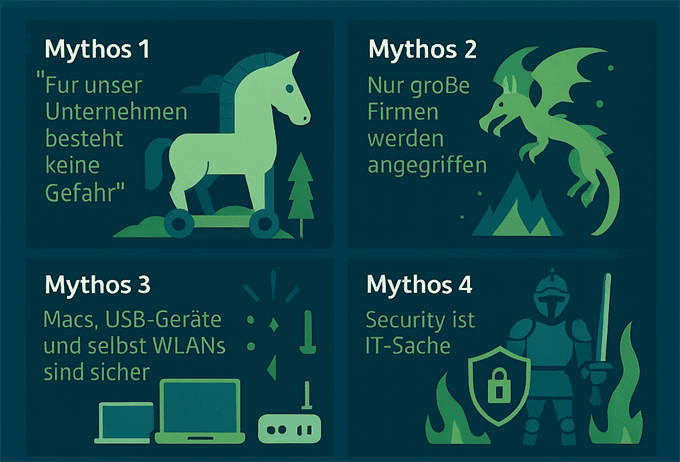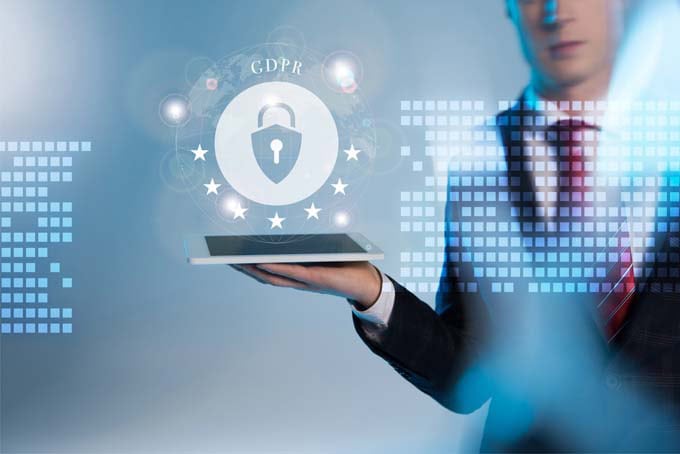Green Controlling
Sustainability is not only a mandatory topic for large companies. For small and medium-sized companies, too, an environmentally friendly orientation of business activities is becoming a decisive success factor.
IMore and more consumers are making decisions based on green aspects. The so-called "greening" ranges from products with a green claim to the environmentally friendly organization of procurement and logistics processes to ecologically oriented business models.
The German Association of Accountants and Controllers e.V. (BVBC) in Cologne is registering a strong growth in demand in green controlling. Ecological factors are gaining in importance and are increasingly being integrated into classic controlling. Management needs meaningful figures in order to plan, steer and control environmentally friendly strategies, also with a focus on economic efficiency.
Is green controlling a passing fad or a permanently important management issue? Compliance with ecological principles is a major cost factor in most companies. By implementing green controlling, ecological costs can be systematically reduced. In this way, competitive advantages can be
Balance between economy and ecology
le, achieve growth and promote profits. Green controlling can provide answers to many pressing questions: What factors contribute to a green brand image? Which criteria are decisive for an environmentally oriented corporate success? What is the right balance between economic and ecological aspects? How do I measure "green performance"?
The challenge
Until now, environmental protection has often been seen as a pure cost item and not as a value-added factor. For example, energy prices have risen sharply in recent years. In Germany, commercial electricity prices alone have risen by around 30 percent in the last five years, and the trend is still upwards. Cost pressures alone mean that there is a growing need for action. A consistent ecological orientation offers the opportunity to score points with customers, partners and employees alike. Being green can pay off on the bottom line.
Factors in viewFactors in viewFactors in viewIt is advantageous to have close communication between the environmental management staff, the department heads and the management. Here, controllers are also called upon in their role as moderators and motivators. Green controlling opens up completely new possibilities for companies. Companies can use key figures to monitor whether ecological goals are being achieved. Or they can demonstrate and ensure an ecological orientation with environmental audits or life cycle assessments. The measurement and evaluation parameters are to be determined individually for each company.
Factors in view
A green brand image depends on very different factors. One criterion is transparency towards customers and shareholders. It must be demonstrated how environmental protection is taken into account in the production of goods or the provision of services. Sustainability goals of the company that go beyond the legal requirements have a positive effect on a "green image". For this purpose, sustainability concepts are to be developed and future-oriented.
Complete value chain in view
to be aligned. The entire value chain from the supplier or cultivation area through production to the end consumer must be presented transparently. Depending on the company, different areas are affected. Attractive potentials are offered especially in development, production, marketing, but also healthcare, facility or fleet management.
The starting point for environmentally friendly measures is a concretely defined objective. One of the company's goals may be to reduce CO2 emissions in the vehicle fleet or in production. Other goals can be the responsible use of water, the purchase of products from certified plantations or the reduced use of hazardous substances or valuable resources.
Measurable targets
The five-step model developed by business consultant Ram Nidumolu and his colleagues has proven effective for achieving goals (see Box 1). The model offers good guidance, but should be adapted depending on the company's specifications. Importantly, each stage is not climbed one after the other. Rather, developments proceed in parallel in order to achieve the goals together. The goals set are to be realized through suitable measures. These can include the use of modern heating, air conditioning or ventilation systems or intelligent lighting technologies. New systems and equipment reduce maintenance costs and can increase productivity.
Far-sighted financial planning is important. The replacement of machines and the use of new technologies are a major financial burden for many companies. Companies should examine alternative financing at an early stage.
Use key figures
Controlling in the company supports the management in complying with the specifications on the basis of deviation analyses and presentation of the development stages and in taking measures in the development process. The tasks of controlling lie in the presentation of key figures from the relationship between ecology, economy and social responsibility. These can be, for example, sick leave or the innovative power of employees through a company suggestion scheme, but also the reduction of CO2 emissions, savings in energy costs or an increase in productivity. Likewise, the total cost of ownership (TCO) per device can serve as a comparative figure. The demands on controlling are increasing. It is necessary to identify future factors for a green brand image and to generate competitive advantages for the company from this. Saving energy costs is considered to have the greatest potential and can increase competitiveness in the long term.









